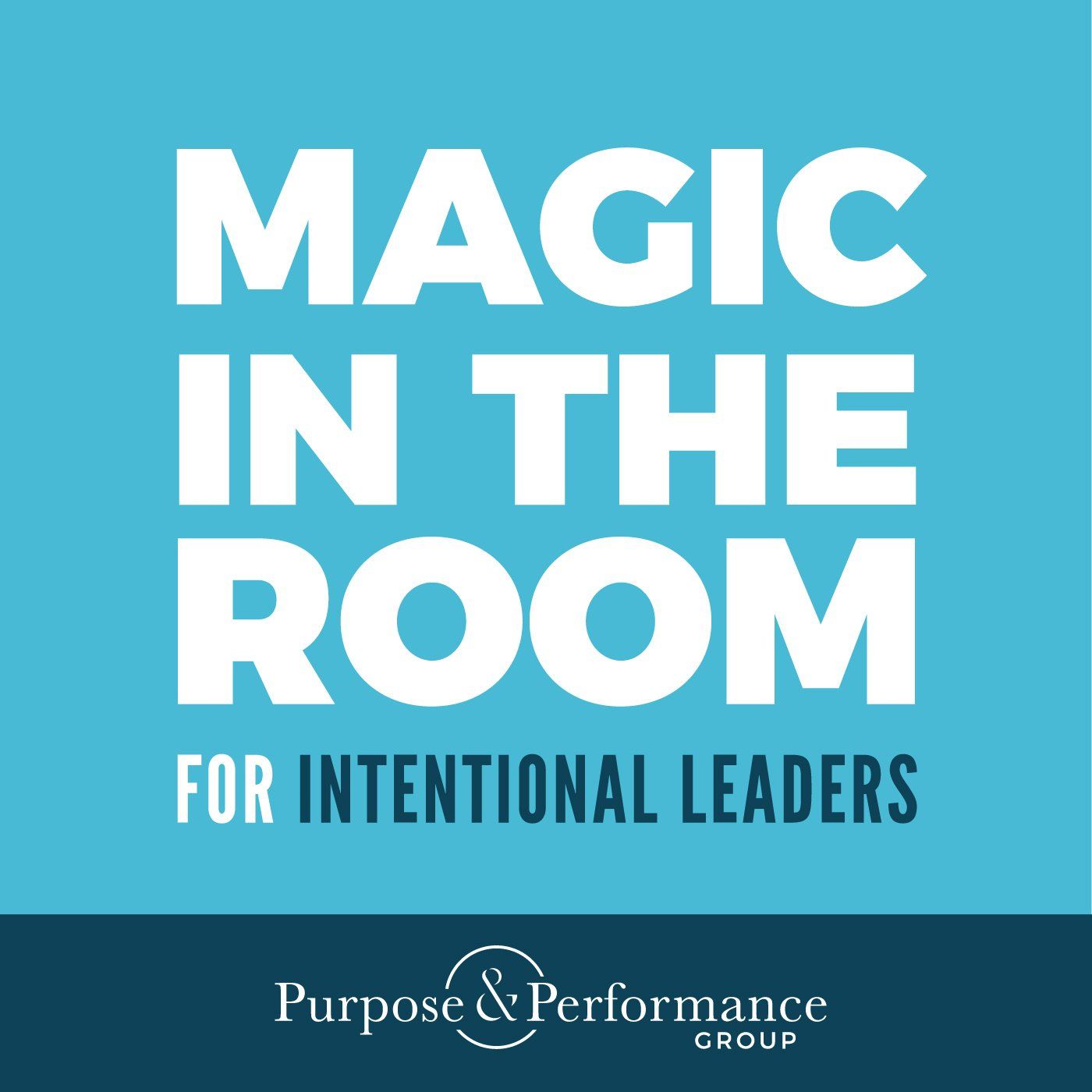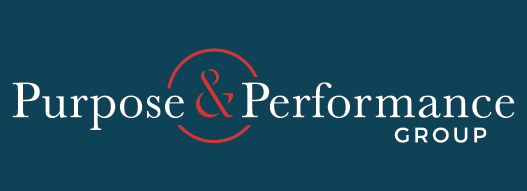Dr. Bob’s Reads: Connect First
My purpose is to help all people flourish by creating & supporting healthy organizations. As a part of this purpose, I am committed to finding & sharing best practices & resources regarding purpose-driven leaders, teams & organizations.
Today’s best practices come from Melanie A. Katzman’s book entitled “ Connect First.” The book is filled with important, practical ideas for enhancing employee experience & performance. This post will focus on the key takeaways from Chapter 23. “Connect Jobs to the Larger Mission.”
Key takeaways:
- “Money can’t buy meaning, but work can offer it.”
- “In “ The Human Equation: Building Profits by Putting People First ,” James Pfeffer reviews studies across dozens of industries and concluded that companies offering challenging and meaningful work made more money than organizations that treated employees as cogs in a production machine.”
- “McKinsey & Co. reported that highly sought-after talent opted to work for companies with an inspiring mission.”
- “Bain Consultancy’s study of 300 companies worldwide demonstrated it takes 2.25 satisfied employees to generate the same output as one inspired worker.”
- “In ‘ Alive at Work: The Neuroscience of Helping Your People Love What They Do ,’ Daniel Cable explains that, when stimulated, dopamine (the feel-good chemical released by our brain when we have pleasurable experiences) can transform employees into a volunteer army.”
- “Wharton professor Adam Grant reports that radiologists who received a file with the patient’s photo wrote 29% longer reports and achieved 46% greater diagnostic accuracy. Seeing themselves as the first-line protectors of a patient’s health, connected these professionals tolling away in a darkened often solitary room, to the people they served.”
- “ Wellington Nogueira , founder of Doctors of Joy, relates a similar experience when hospital kitchen workers received visits from children in a Brazilian pediatric oncology unit. Suddenly, the crew preparing meals were part of the treatment team ensuring the nutritional complements to cancer care. Fewer errors and faster work ensued.”
- “Exposure to the beneficiaries of one’s work has been found to be more effective than listening to a leaders’ inspirational speech.”
- “Poor management is the top destroyer of meaningfulness.”
- “Studies show that meaningfulness is rarely experienced in the moment, but rather in retrospect when people can see their completed work.”
- “Connecting first as people, and then to the mission, is a renewable source of institutional energy.”
- “Construct positive identities. When introducing others, contextualize their jobs by illustrating the importance of their efforts in achieving larger objectives. Don’t just say “This is Meg, our night manager.” Try “Meet Meg, she’s the reason why our hotel has the highest number of bookings from travelers arriving after 9:00 pm.”
- “Whenever possible, introduce the people or teams in the room and the role that they play in accomplishing your organization’s why.”
- “Allocate time during your meetings for everyone to share a moment of impact” – an example of your employees living the organization’s purpose & commitments.”
- “Help employees make the personal link to why their work is important.”
Bottom Line
The research is compelling – a lot of goodness happens when we help all our stakeholders understand how their work contributes to their organization’s purpose and the greater good. At Purpose & Performance Group, we are focused on helping courageous leaders and organizations build “voluntary armies” that are well-informed, engaged, fulfilled and daily go beyond the “call of duty.”
The post Dr. Bob’s Reads: Connect First appeared first on Purpose and Performance Group.


